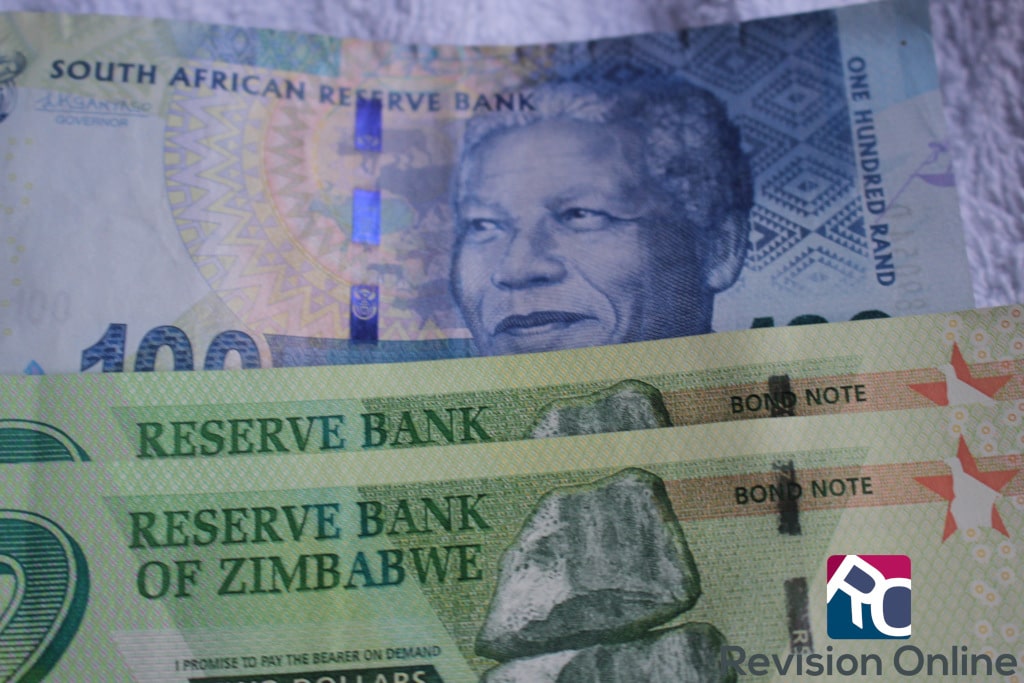It has only been four months and yet the local currency, RTGS$, has lost about 150% of its value since introduction. It was only in February of this year when the RBZ finally took the bold step of recognising that the RTGS$ basket was not equal to the USD. A fiction the government had stubbornly held onto for years.
The origins of the RTGS$
While it is true to say that the currency has lost 150% of its value since February, the RTGS$ is indeed much older than this. It was actually introduced back in 2013 when the Government of National Unity (GNU) ended.
The Zimbabwean government wanted to spend money (public spending) but it had could not afford most of the projects it had on cards. Most of what is collected via taxes are gobbled up by an enormous public service bill. Currently, it wages constitute about 70% of our budget.
To finance their extravagant spending the government started an informal borrowing system. Every month end they would make a “transfer” via the RTGS system into the civil servant’s salary accounts. This is easy to do as the RBZ (government) controls the RTGS system.
Gradually the system was filled by invisible money as the country’s monetary system became polluted. Each time a transfer was made it displaced the USD from the system which the government pilfered. The general populace was none the wise as from their point of view “their” money was still in their accounts. Every time they made USD deposits the government would in essence “steal#2 a little.
Then starting from around 2014 a liquidity crisis started to bite. Even though people had money in their accounts they could not make withdrawals. This was to get worse each year until the issue came to a head in 2016. Banks were no longer able to meet withdrawal demands because even though their systems said the money was there, it wasn’t.
To meet these withdrawal demands, the government came up with an idea. Create notes for this fictitious currency. Keenly aware that there would be resistance given the not so distance memories of 2008 brought on by profligate money printing, the government decided to be wise about it.
Thus they used the carrot and stick system. Resistance was crushed by force and people were wooed by a 1:1 claim. Thus the bond note was born the bond coin having been already in existence after the government said they wanted to solve the change problem.
The truth is the government never stopped printing this RTGS$. They kept doing it and each time they did the value of the RTGS$ continued to fall. The conflicting policy statement, deceitful pronouncements and pervasive level of corruption have all worked to this day to erode the RTGS$’s value.
Would a new currency work?
Not really. When it comes to borrowing, public debt and deals the government continues to be opaque. A currency requires trust that the government will behave and honour its side of the bargain. Given their fiscal and monetary track record, the Zimbabwean government can never be trusted to do this.
One way this would work is if a trusted third party was brought it to monitor the government’s policies and certify that they are keeping their side of the bargain. Naturally, this would probably be the IMF. This institution does not have a good track record on this continent. Mozambique made secret debts right under their noses and they were none the wiser.
A more fitting choice would be joining the Rand Union. Members of the Rand would more diligently keep the RBZ and Zimbabwean government in check. That would work except there is a problem. The Zimbabwean government, probably for some nefarious reason, is vehemently opposed to the idea.
Joining the Union would kill their impulses (sovereignty as they call it) for good it will mean the elite will no longer be able to freely dip their hands into the government coffers. Now there is something they will not stand for. At least for now.



